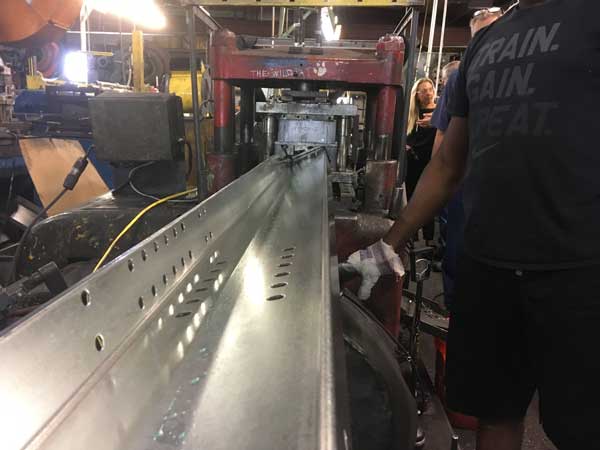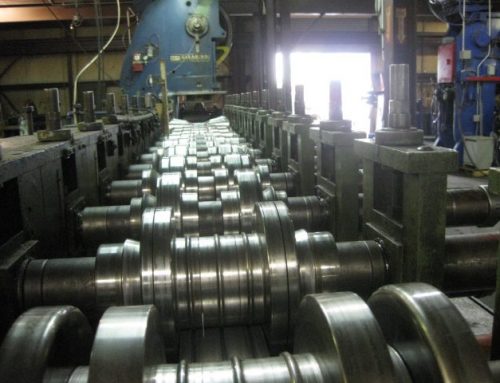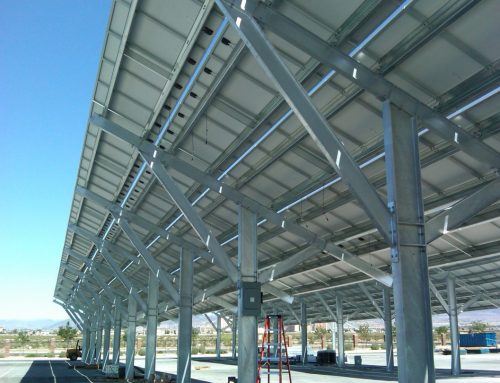Like many roll forming companies, Roller Die + Forming is adjusting to changes in the market and taking steps to ensure we can continue to meet the demand and provide our customers the high-quality parts and consistent services they’ve come to expect. While we’ve written frequently about the rising cost of steel and how raw material prices and shortages are driving up piece cost, there are many other factors at play in pricing.

Galvanized steel coil on warehouse
Labor is another driver of prices, particularly when hiring is hard and staffing shortages can be both temporary due to COVID outbreaks and longer term. One advantage of roll forming and the different in line processes we offer is that they’re mostly very low touch, meaning the labor costs of each piece is low. Our engineering team works to design parts and lines this way to improve quality and keep prices low. Nonetheless, increasing costs of labor can lead to increasing piece costs.
The extent to which increasing costs of labor drives prices is something economists debated long before our current situation. A cost-push theory, where the increasing costs are projected to push up costs of goods, is one common economic theory and certainly seems to be a factor currently at play.
Economic theory posits that labor costs, a component of the marginal cost of production, are a determining factor in the level of prices and that increases in labor costs can lead to higher consumer prices. (Source: BLS)
Past studies of whether wage inflation impacts price inflation have found that the relation between the two is crowded by a host of other economic factors, including labor availability, raw material surplus, increasing manufacturing productivity, and more. On a macro scale, at least, they don’t seem directly related. On the micro scale of a single roll forming company, however, current labor costs are directly factored into the pricing sheet our sales team uses.
Logistics is another price driver. Getting materials on time, storing enough materials to cover any supply chain hiccups, and moving those around has a cost. Our team is paying close attention to market changes to try and anticipate, not only so we can get the best possible prices for our customers, but so that we can ensure we have the material on hand so we can create and deliver the parts you need.
If you’re interested in learning more about roll forming, our various in line processes, or how our standard tooling library can cut down your tooling costs, contact a member of our sales team today.







